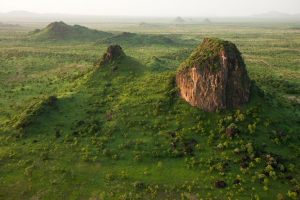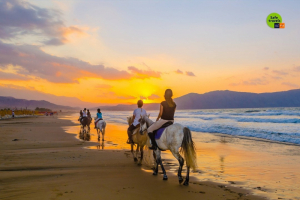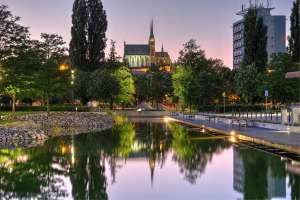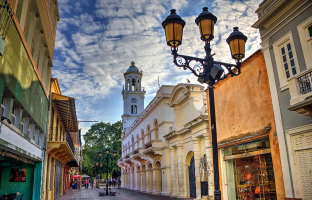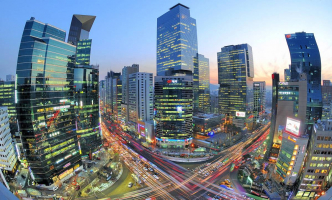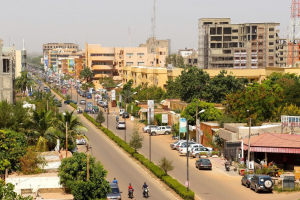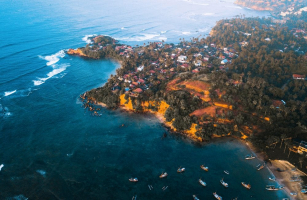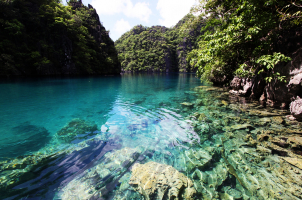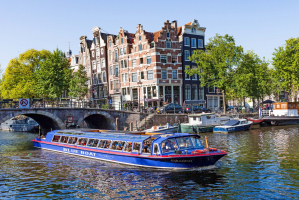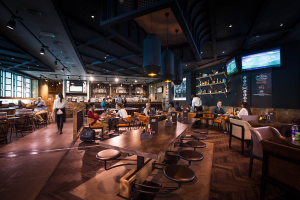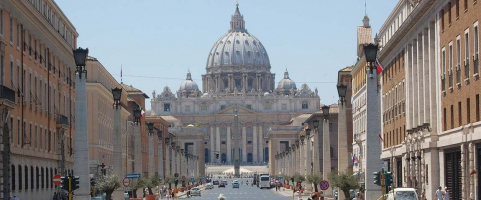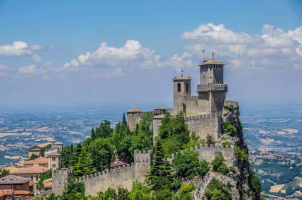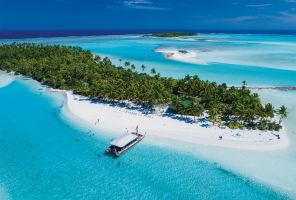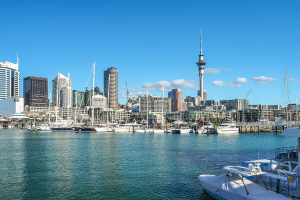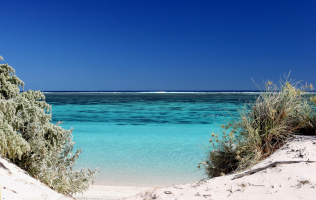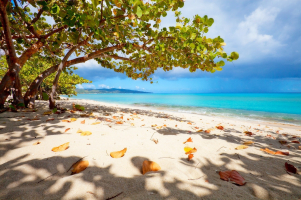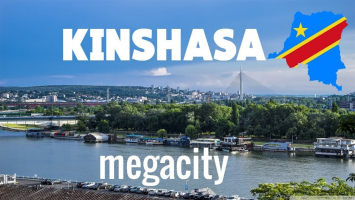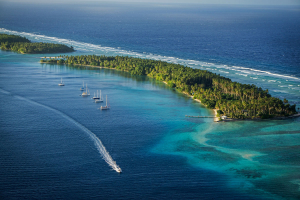Top 9 Things About DR Congo You Should Know
If the Democratic Republic of the Congo conjures you pictures of dripping forests teeming with gorillas, warlords, and the ebola virus, you're only seeing a ... read more...fraction of the story. This vast country, once known as Zaire among other names, is an undeniably troubled but sometimes underrated nation. Here are some things about DR Congo you should know. Hope you enjoy it!
-
The country's top artists, like Koffi Olomide, Papa Wemba, and Werrason, can fill the biggest clubs from Johannesburg to Paris as quickly as Justin Bieber. The main musical forms, known as Congolese rumba, soukous, and ndombolo, are all accompanied by specific dances. Wendo Kolosoy, known as the "Father of Rumba," began his seven-decade career as a singer while laboring on the Congo River barges. His tunes, including the megahit "Marie-Louise," inspired millions of couples throughout the continent to dance. Nowadays, the younger generation prefers the more provocative, suggestive, and dynamic dances of ndombolo. It's raucous, some may say rude, and incredibly popular.
Those of the greatest names in the business areas are devoted as fans of European football clubs, and occasionally as violent, with fights breaking out during performances between competing fans. The artists have also given rise to a well-dressed subculture known as sapeurs. Even at night, sapeurs must wear the nicest European-cut suits, matching Italian leather shoes, and sunglasses. If you see a yellow Ferrari on the streets of Kinshasa, it is most certainly driven by a sapeur who has made it to the top.
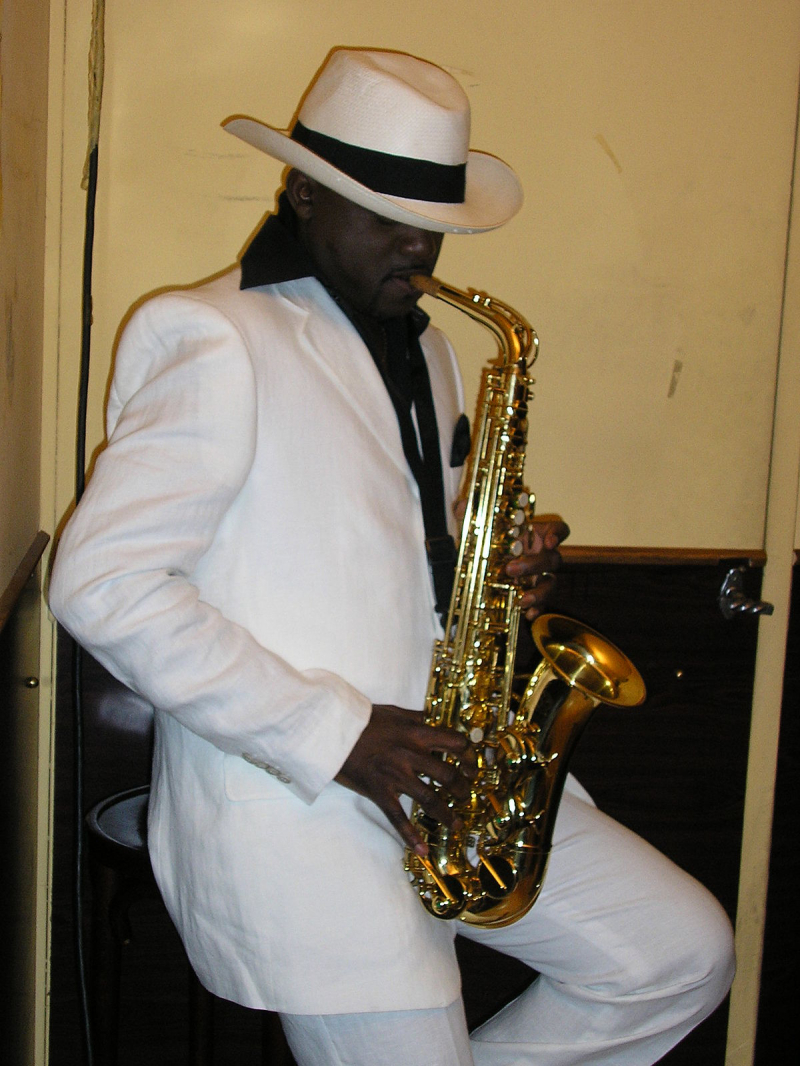
en.wikipedia.org 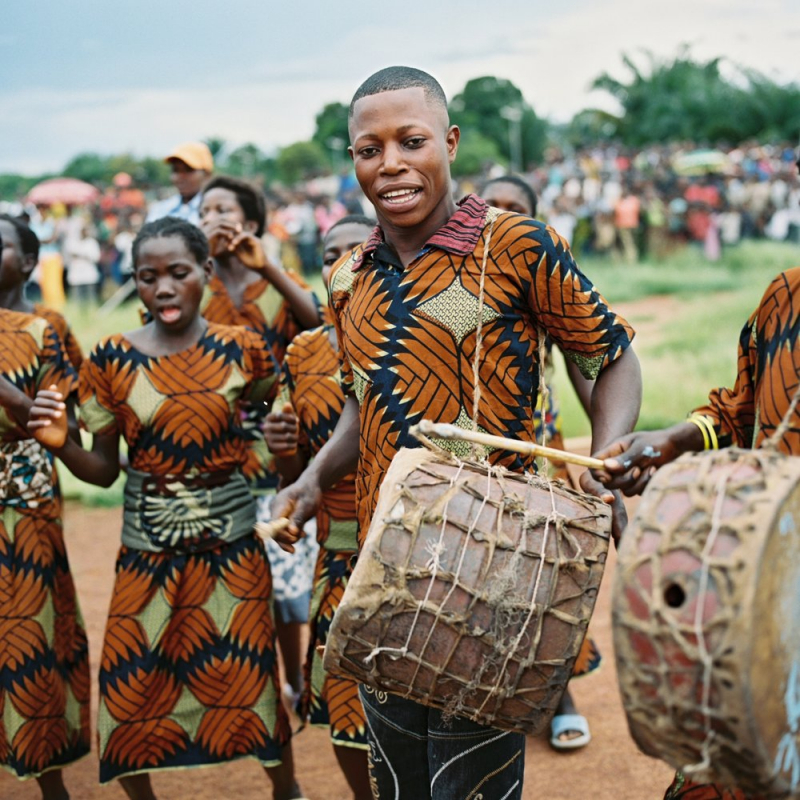
softlandingmissoula.org -
Gbadolite Airport was built to handle the Concorde. And the now-retired jet paid repeated visits. Dictator Mobutu Sese Seko created out of the bush near the banks of the Oubangui River one of Africa's longest airstrips so that the sleek supersonic airplane could land in the fake French town he had fashioned out of the wild. Gbadolite may be the strangest settlement on the planet. Wide boulevards were dug out of the tropical jungle in the 1960s, near Mobutu's home, in a style inspired by small-town France.
The street signs were identical to those found in Paris, Marseille, or a town near the Belgian border. The town was dominated by two palaces, one of which was a massive complex of Chinese pagodas. Always worried about security, Mobutu ordered the biggest bunker in Africa erected in case of nuclear attack. An escape route to the neighboring Central African Republic was given via a 12-kilometer (7.5-mile) tunnel going to the Oubangui River. Gbadolite is a ghost town these days, robbed multiple times since Mobutu fled oncoming rebel forces in 1997, and the bush is swiftly regaining lost land.
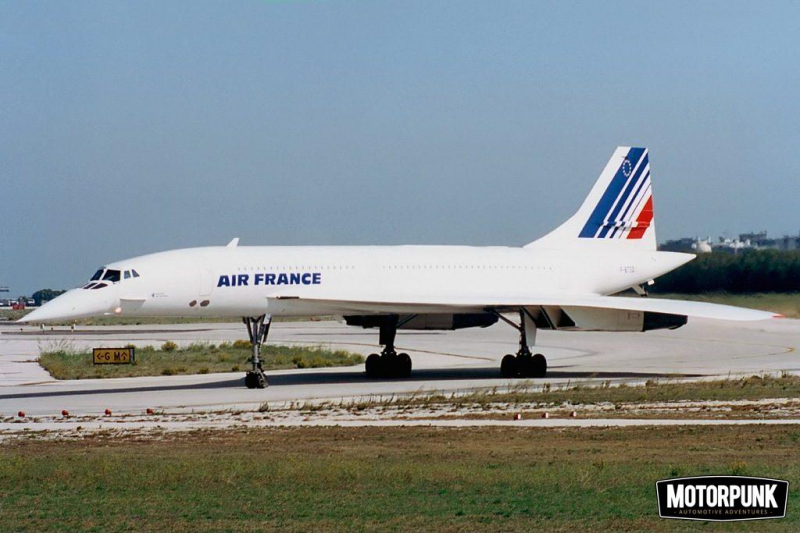
motorpunk.co.uk -
Kinshasa is Africa's third-largest urban region, behind Cairo and Lagos. It is also the world's biggest Francophone (French-speaking) metropolitan region (outnumbering Paris in terms of population), with French being the language of the city's administration, schools, media, and public services. While Lingala serves as a lingua franca on the street. In October 2012, Kinshasa hosted the 14th Francophonie Summit. Kinshasa inhabitants are referred to as Kinois in French. The Humbu and Teke are the region's indigenous peoples.
Kinshasa is by far the world's second-largest French-speaking metropolis (behind Paris). Nobody knows exactly how many people dwell in the Congolese capital, but a safe bet would be somewhere around 10 million. Because of the number of individuals escaping war in other regions of the nation, the population has expanded substantially in the last 15 years.
Because of its French-language credentials, Kinshasa was able to host the Summit of La Francophonie in October 2012, the world's largest meeting of heads of state from French-speaking countries. The baguettes and croissants offered around the city are on par with those produced on the old continent.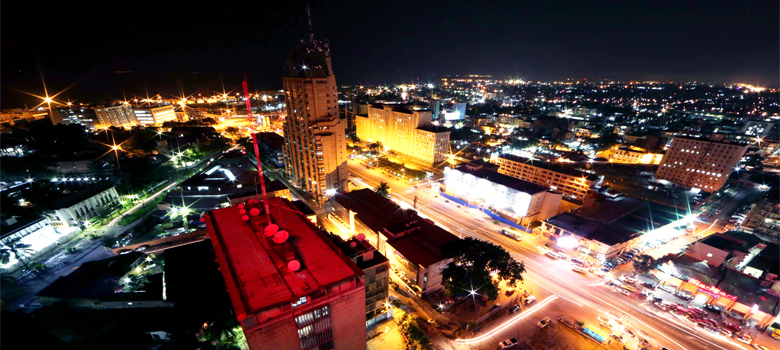
en.unesco.org 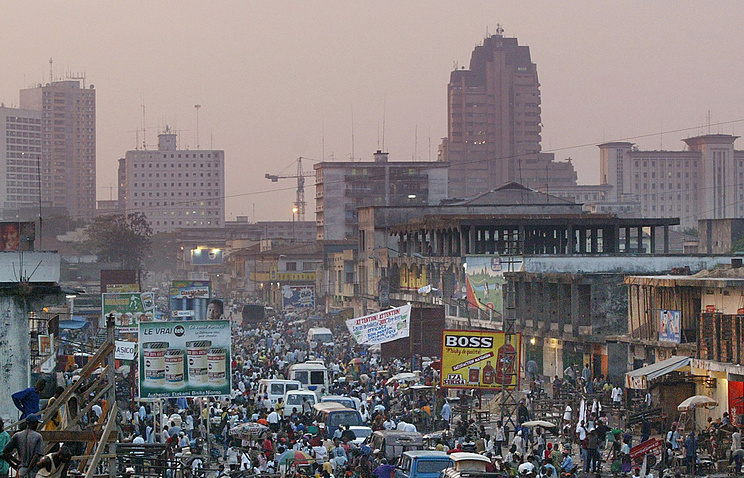
extremeeconomies.com -
The overwhelming penchant for enormous splashes of mayonnaise on nearly everything is a vestige of the Belgian colonial period; pork, fish, fried plantains, manioc, peas, and salad are just a few examples. Many people combine it with Piri Piri, or pepper in Swahili, a highly powerful indigenous chili pepper sauce. This reduces the heat of the pepper while also flavoring the mayo — a fantastic combo.
Kinshasa, Lubumbashi, Goma, and Bukavu all have a wide range of restaurants serving Congolese and Belgian cuisine. Kinshasa offers the most options, with a plethora of high-quality eateries. Because the nation has a sizable Lebanese community, there are good and reasonably priced Lebanese eateries. The same is true for Indians. It's a fact, no matter how odd it may sound. They eat it with virtually everything. Congo is abundant in the category of "restaurants." There are Indian, Lebanese, Belgian, Congolese, and other African cuisines available. You will discover inexpensive eateries providing delicious and large Lebanese meals. This is one of the things about DR Congo you should know if you plan on visiting Congo.
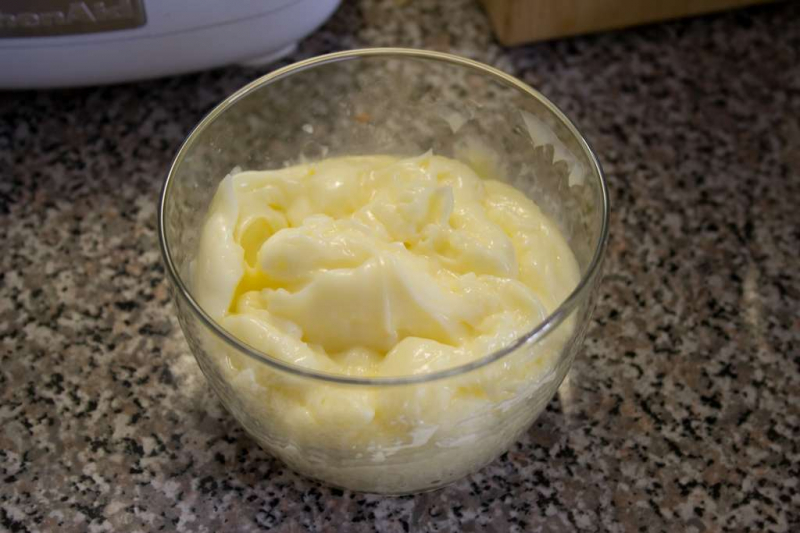
artoftravel.tips 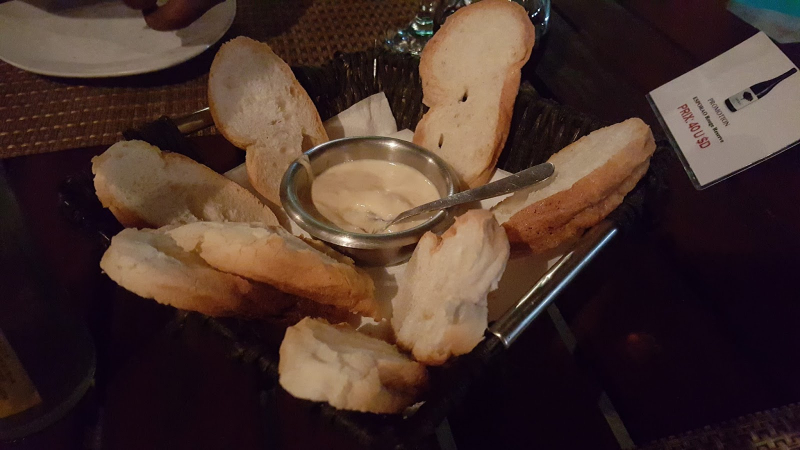
sandisplash.blogspot.com -
Kinshasa and Brazzaville, the capital of the adjacent Republic of Congo, are the nearest capitals in the world. The Congo River, the world's second-largest river by volume, separates them, and it widens to five kilometers (more than three miles) at this point. For decades, there has been discussion of creating a bridge to connect the cities, but transportation between the two is still via boat. Passengers can pick between a more upscale and calm ride in a speedboat or a massive, overcrowded ferry. Ferries convey items such as grain and dried fish, as well as vehicles and furniture. People with impairments are permitted to cross for free and play an important role in the product trade.
Although only a few kilometers separate the two towns and their citizens speak the same language, residents of the two capitals frequently act as if they come from different worlds. People in Brazzaville, a quiet city of just more than a million people, are wary of their "noisy, partying" neighbors in Kinshasa. It's pretty unusual to be asked, "How's the weather over there?" while going from Kinshasa to Brazzaville.
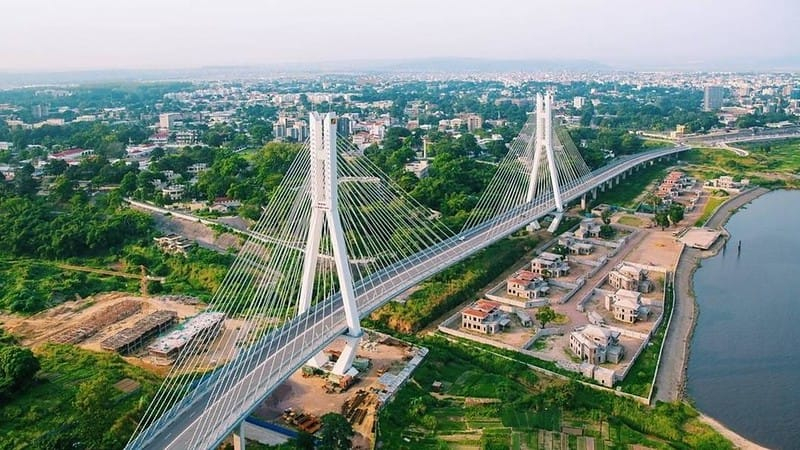
africa.com 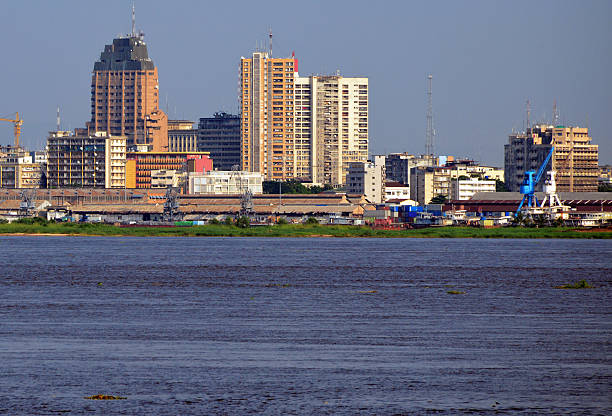
istockphoto.com -
One of the things about DR Congo you should know is the wildlife. The Congo River Basin has established a global reputation for the diversity of species found inside its woods, from famed forest elephants to the elusive Charaxes butterflies.
The okapi is one of 1,500 indigenous animal species in the Congo. It lives in the isolated Ituri Forest in the country's northeastern region. This woodland giraffe stands 6 feet at the head and 5 feet at the shoulder and is built more like a deer with zebra-like stripes. The Okapi Wildlife Reserve was formed in 1992 to safeguard the remnant animal population as well as the habitat of the Mbuti pygmies, one of the continent's last forest-dwelling peoples. The reserve, which is almost 1.5 times the area of Yellowstone National Park, is located on the Epulu River and is home to 5,000 Okapis, 4,000 elephants, and 2,000 leopards, among many other species. Successive civil conflicts have taken a significant toll on the human and animal populations, but the reserve has been largely free of the armed organizations that created the instability in recent years.
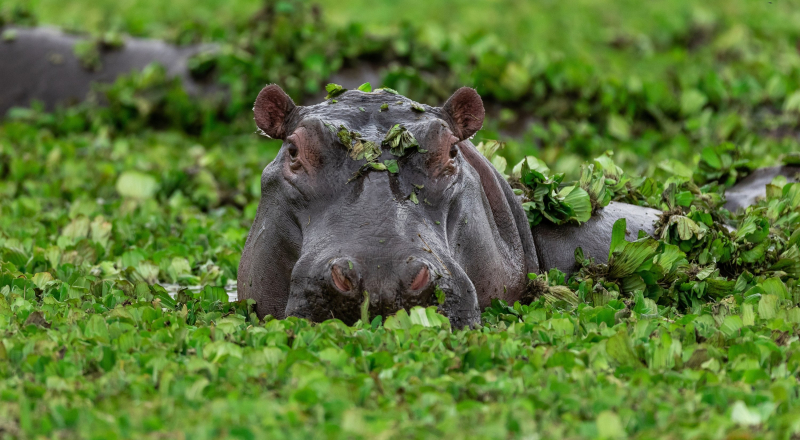
dailysabah.com 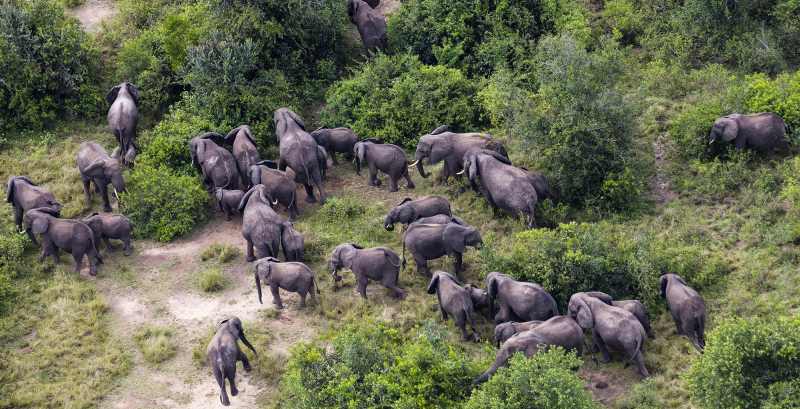
journeysbydesign.com -
Unfortunately, the country's eastern region is now most known for its warlords, rebel groups, and mining wars. However, prior to the 1990s, when the region was mostly stable, it was a popular tourist destination. Both Goma and Bukavu, the provincial capitals of North and South Kivu, are located on Lake Kivu's shores. Surrounded by the Virunga Mountains, the landscape surrounding Goma is reminiscent of alpine lakes in Europe. The Virunga National Park to the north and the Kahuzi-Biega National Park outside Bukavu are also nearby. Both have been designated as UNESCO World Heritage Sites. The Virunga National Park covers a wide range of ecosystems, from lowland plains to the 5,000-meter-high Rwenzori Mountains (more than 16,000 feet). This definitely is one of the things about DR Congo you should know before visiting this country.
It is home to the world's biggest concentration of hippos, as well as the continent's most active volcanoes, Nyiragongo and Nyamulagira. One of the remaining armies of eastern lowland gorillas, a subspecies endemic to the nation, may be found in the Kahuzi Biega National Park. Over the previous two decades, chronic instability, poaching, and a lack of finance have made park maintenance challenging, but a determined crew of Congolese rangers in both parks has done their best.
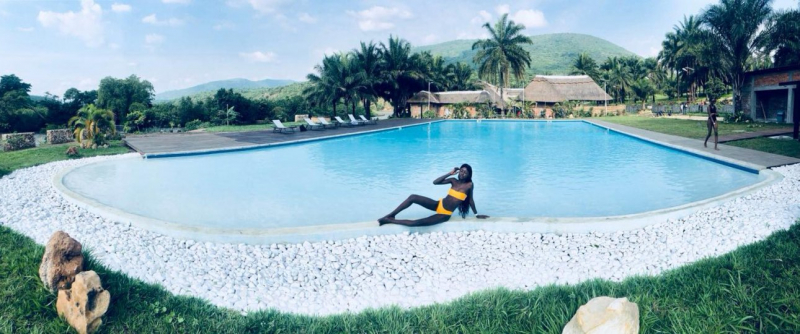
kwafrikatravel.com 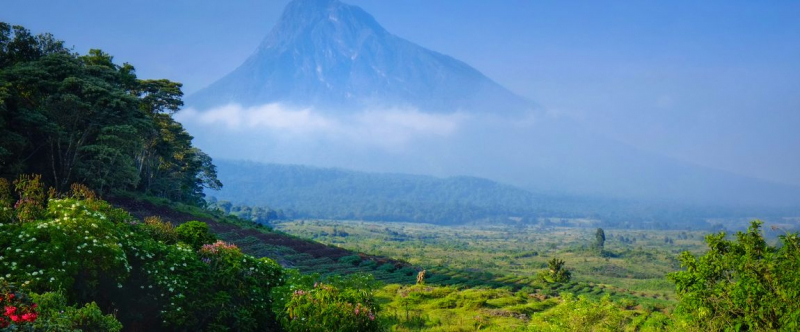
pickvisa.com -
Hotel is one of the things about DR Congo you should know. Kinshasa had just two international-standard hotels until ten years ago: the Memling and the Grand Hotel, which had formerly been an Intercontinental.
The SN Brussels Airlines Group owns the Memling, while the Congolese government owns a portion of the Grand Hotel. Following Mobutu's fall in 1997, and throughout the ensuing conflict between 1998 and 2002, the Grand Hotel housed government politicians as well as the higher echelons of the Angolan, Namibian, and Zimbabwean military dispatched to support Laurent Kabila's government. Antelopes were commonly seen running through hotel hallways at the time. The Grand Hotel is now undergoing a much-needed facelift, and its tenants are mostly from the business sector.
Meanwhile, as foreign businesses come to the country, at least six additional respectable hotels have been erected in the capital, and many more, ranging from magnificent to basic, are under construction. Travelers hoping for a good deal will most certainly be disappointed. The typical hotel room in Kinshasa costs between $150 and $200 per night, with higher-end hotels charging up to $300. The same is true for lodging in Lubumbashi, the copper-mining city. The eastern cities of Goma and Bukavu also have a good number of hotels, some of which are superb and most of which offer spectacular views of Lake Kivu. Prices begin at $100. The rest of the country's cities have few options for lodging.
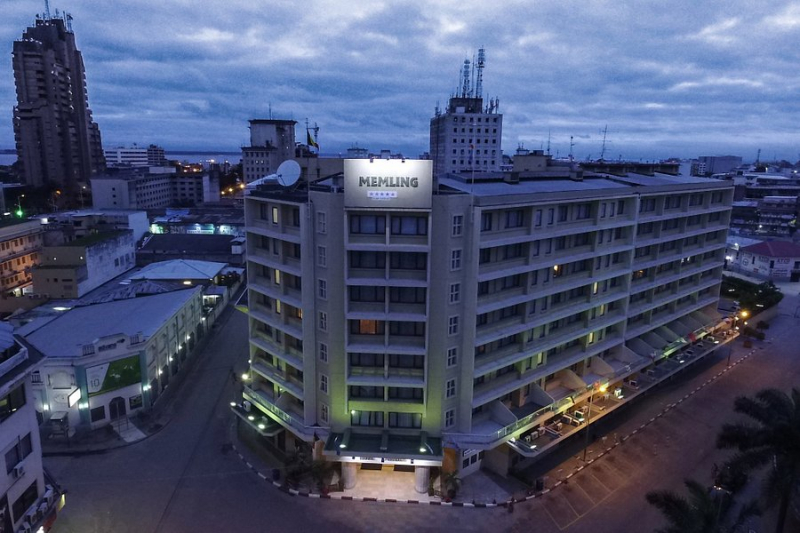
tripadvisor.com 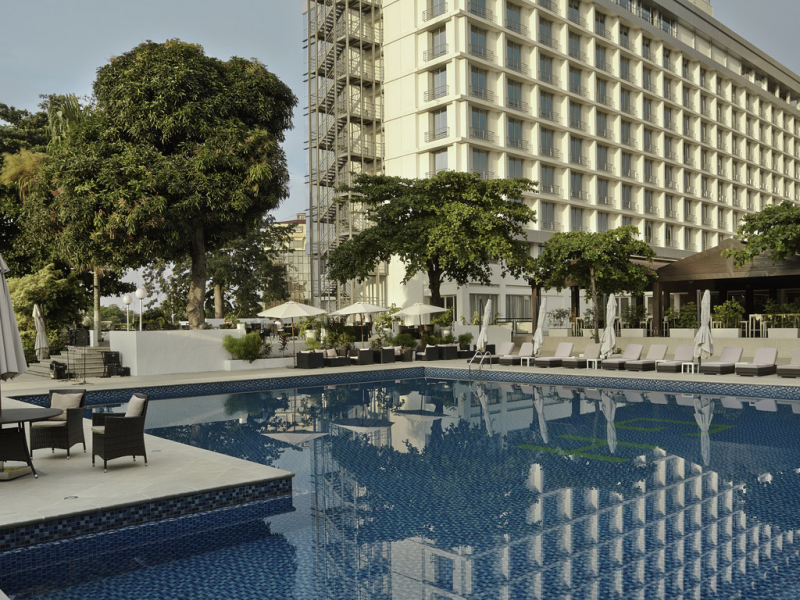
all.accor.com -
The uranium Utilized in the Manhattan Project, the top-secret operation that led to the World War II development of the atomic bomb, came from the Shinkolobwe Mine in Katanga province. Shinkolobwe was reactivated by the US troops after being shuttered in 1939. Col. Ken Nichols arranged for the acquisition of more than 4,000 tons of uranium ore from the mine, shipping a quarter of it to a warehouse on Staten Island for use in the project after army engineers reopened the mine. Before the war ended, about 30,000 tons were sold to the Americans.
Shinkolobwe has been officially closed since 2004, although private miners continue to try to make a living from what they can extract on their own, as is the situation across the Congo. Meanwhile, on the other side of the country, Kinshasa still houses Africa's first nuclear plant.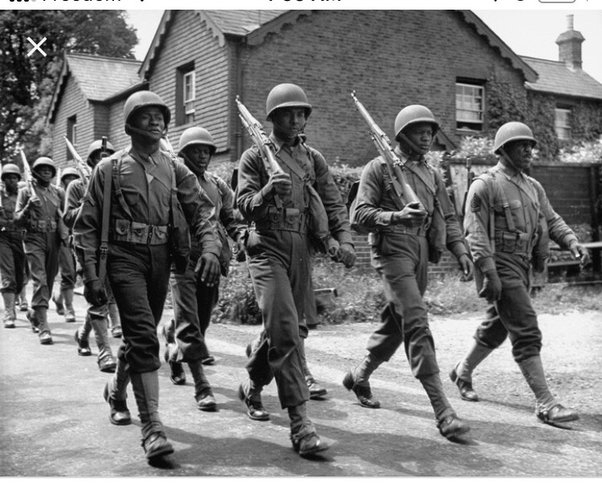
quora.com 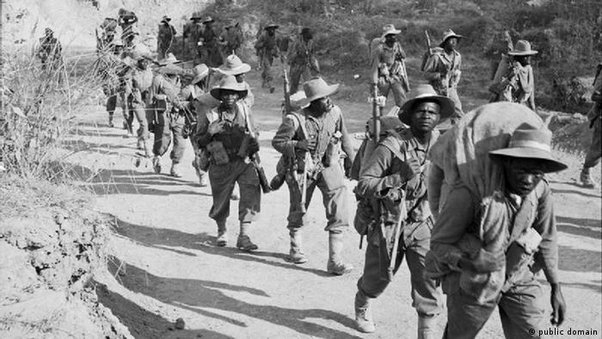
quora.com











